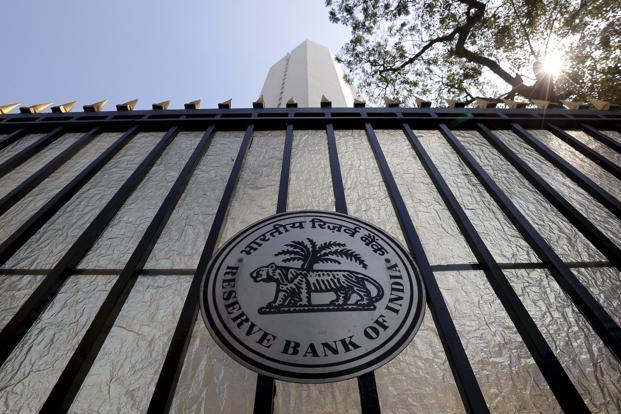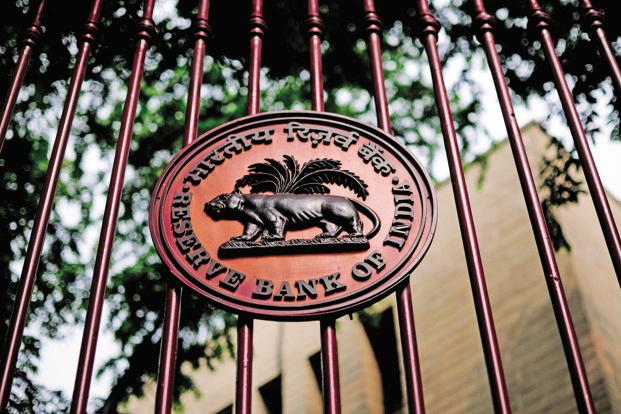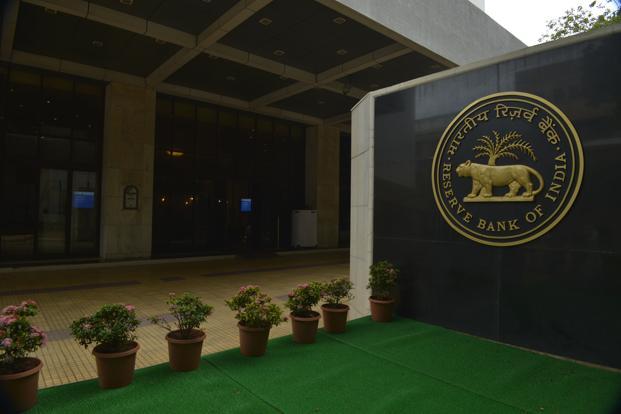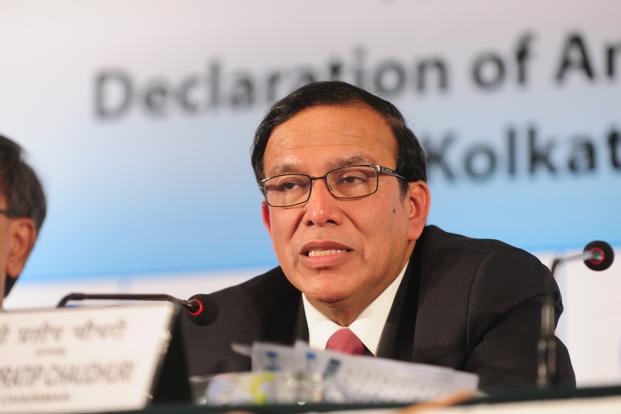It has been a long weekend for Indian banks, but not the bankers. In fact, most senior bankers have been working overtime for the past few weeks to put in place systems and processes to ensure a smooth transition from the so-called base rate or minimum lending rate to the regime of marginal cost-based lending rate or MCLR that kicks off on 1 April.
Theoretically, Indian banks now need to change the MCLR 60 times a year as opposed to say two or three changes annually that the base rate has typically undergone.
The main source of funds for banks in India is deposits. The base rate takes into account the average cost of deposits while MCLR will be set on the marginal cost or the rate offered on new deposits. This has been done to bring in more transparency and making the lending rates more responsive to the central bank’s policy rate changes.
Traditionally, Indian banks have been faster in raising their loan rates when the policy rate goes up, but not so prompt in paring rates when it goes down. The argument supporting this trend is fairly simple: The banks can cut their loan rates only after paring their deposit rates, but that cannot happen overnight as the lower rates are applicable to only the new deposits while old deposits continue to cost more. The Reserve Bank of India (RBI) has cut its policy rate by 1.25 percentage points, from 8% to 6.75%, since January 2015, but the banks have passed on less than half of it to their borrowers, the regulator had said in December.
From Friday, every bank will be required to calculate its marginal cost of funds across different maturities of deposits. To this, they will need to add the so-called negative carry on the banks’ cash reserve ratio (the portion of deposits that commercial banks keep with the RBI on which they don’t earn any interest), operating cost and a tenure premium for the risk associated—the longer the tenure, the higher the risk. On the basis of all these, banks will announce the MCLR for at least five different tenures of loans—overnight, one-month, three-month, six-month and one-year. They can have an MCLR for loans higher than one year too.
The final loan rate will be decided on the spread over MCLR that banks will charge. Bankers are required to review their MCLR and publish them once a month on a particular date. Those banks that do not have systems and processes in place to do so, can announce the MCLR once in a quarter in the first year till March 2017.
No bank will be allowed to price a loan below MCLR and the spread over MCLR can widen if the credit risk profile of a borrower deteriorates. Meanwhile, the base rate will continue to remain in effect for old loans for one year.
By shifting to MCLR, the loan rates of different banks for different tenures are expected to come down between 2 and 20 basis points. Borrowers also can get the benefit by contracting a short-term loan, say for three months, linked to a three-month MCLR, and roll it over instead of going for a one-year loan, which will be costlier. Typically, they follow the same practice when they raise short-term 90-day commercial paper to meet their working capital requirement.
If this helps the borrowers, bankers will enjoy the flexibility of charging a rate which is not linked to MCLR in any way as RBI has kept the fixed-rate loans outside the ambit of MCLR. This is something akin to fixing a five-lever deadlock ensuring security at the main door while burglars can sneak in through the French windows. Banks will be able to give loans below the MCLR through this route—something they had indulged in when the benchmark prime lending rate or BPLR was in vogue.
The base rate was introduced in July 2010 with an understanding that no bank would be allowed to lend below its base rate. It was supposed to be more transparent and fairer to small and medium enterprises that had for so long been subsidizing top-rated corporate borrowers. But that did not happen. While the BPLR had been a benchmark rate for all borrowers, the base rate is the rate for the shortest-term loans for the best borrowers. Without changing the base rate in sync with policy rates, many banks do change the spread over it to jack up their loan rates even when there is no apparent change in the risk perception about a borrower.
Before BPLR, there was PLR or prime lending rate, introduced in October 1994. It was the rate at which banks used to lend to their top-rated clients and it had no relation to their cost of funds. Sometime early this century, RBI replaced PLR with BPLR, which was supposed to factor in the actual cost of funds, operating expenses and regulatory requirement such as cash reserve ratio, provision for bad loans as well as profit margin. But the banks had lent to about 70% of their customers at below the benchmark rate, making it ineffective.
Central banks across the world such as the Bank of England, the US Federal Reserve and the European Central Bank fix their official base rates at periodic intervals, but the London interbank offered rate reflects the actual rate at which banks borrow money from each other. There is no ideal external benchmark on which Indian banks can base their loan rates. The efficacy of the RBI’s repo rate, yield of government securities and money market instruments depends on the liquidity in the system. Besides, unlike in the developed world, deposits are the primary source of funds for banks in India and not the money market.
For more than two decades now, Indian banking has been in search of a transparent, customer-friendly external benchmark rate which reflects changes in the policy rate. MCLR is yet another attempt, but may not be the right answer.



